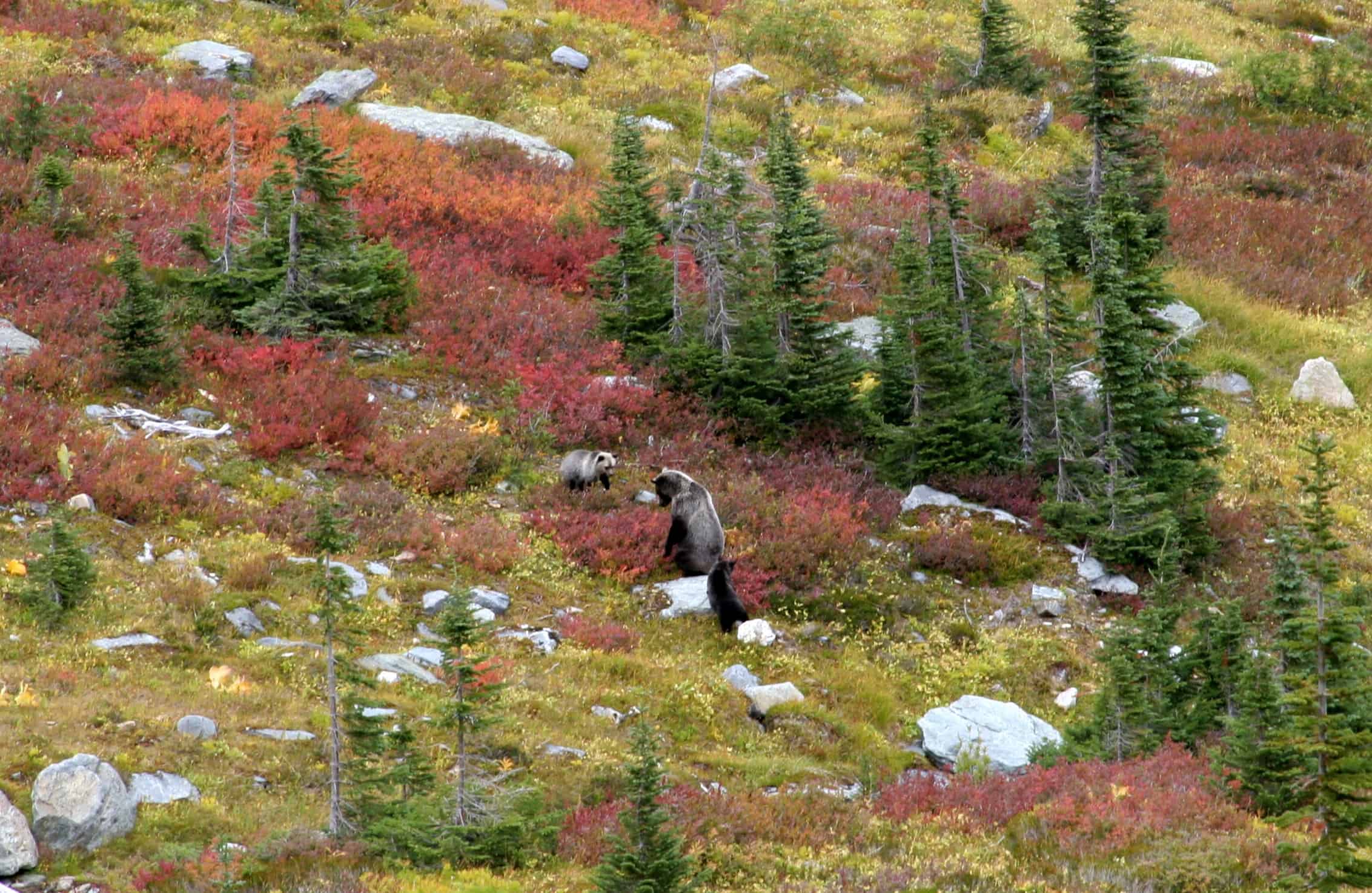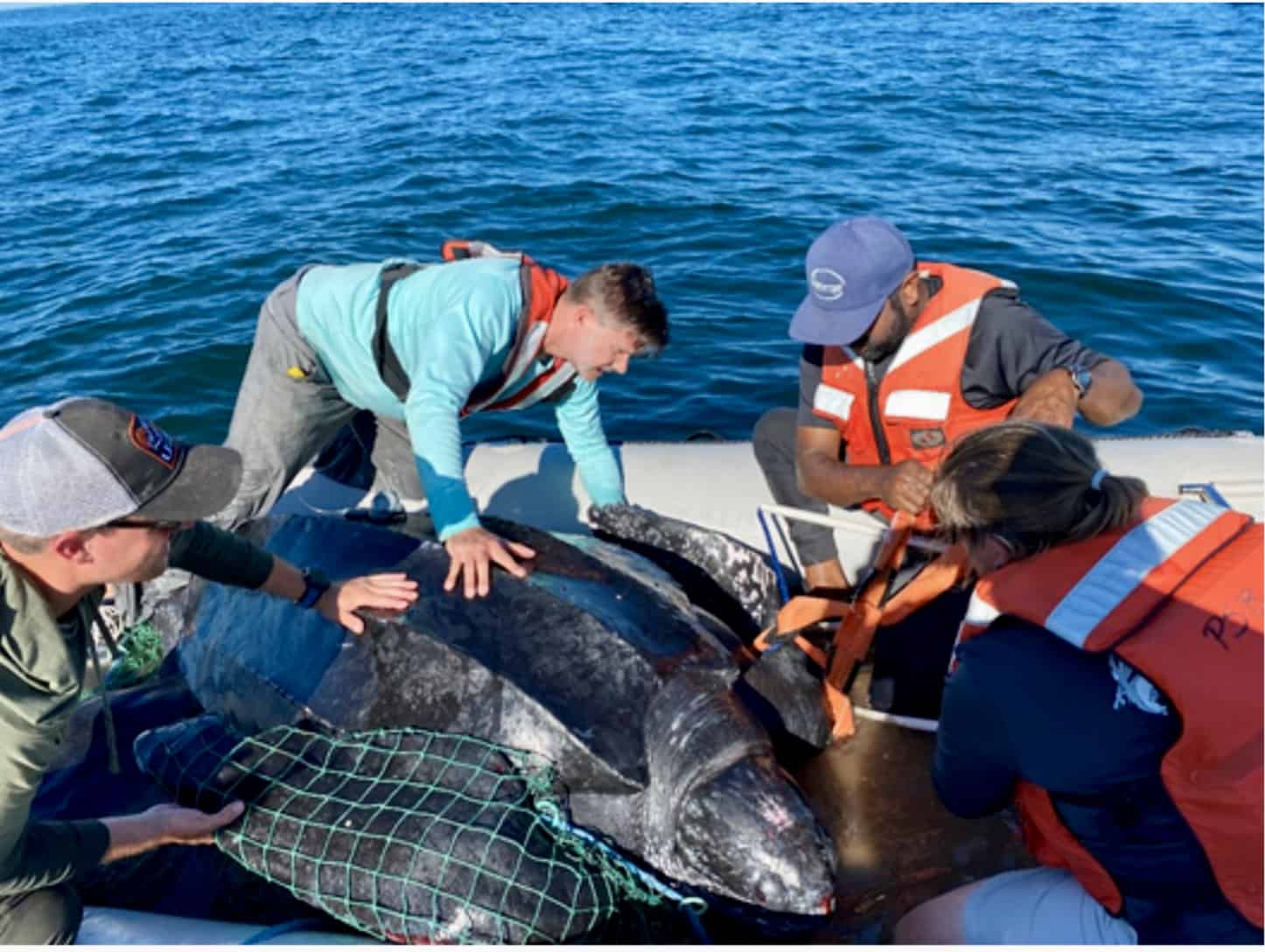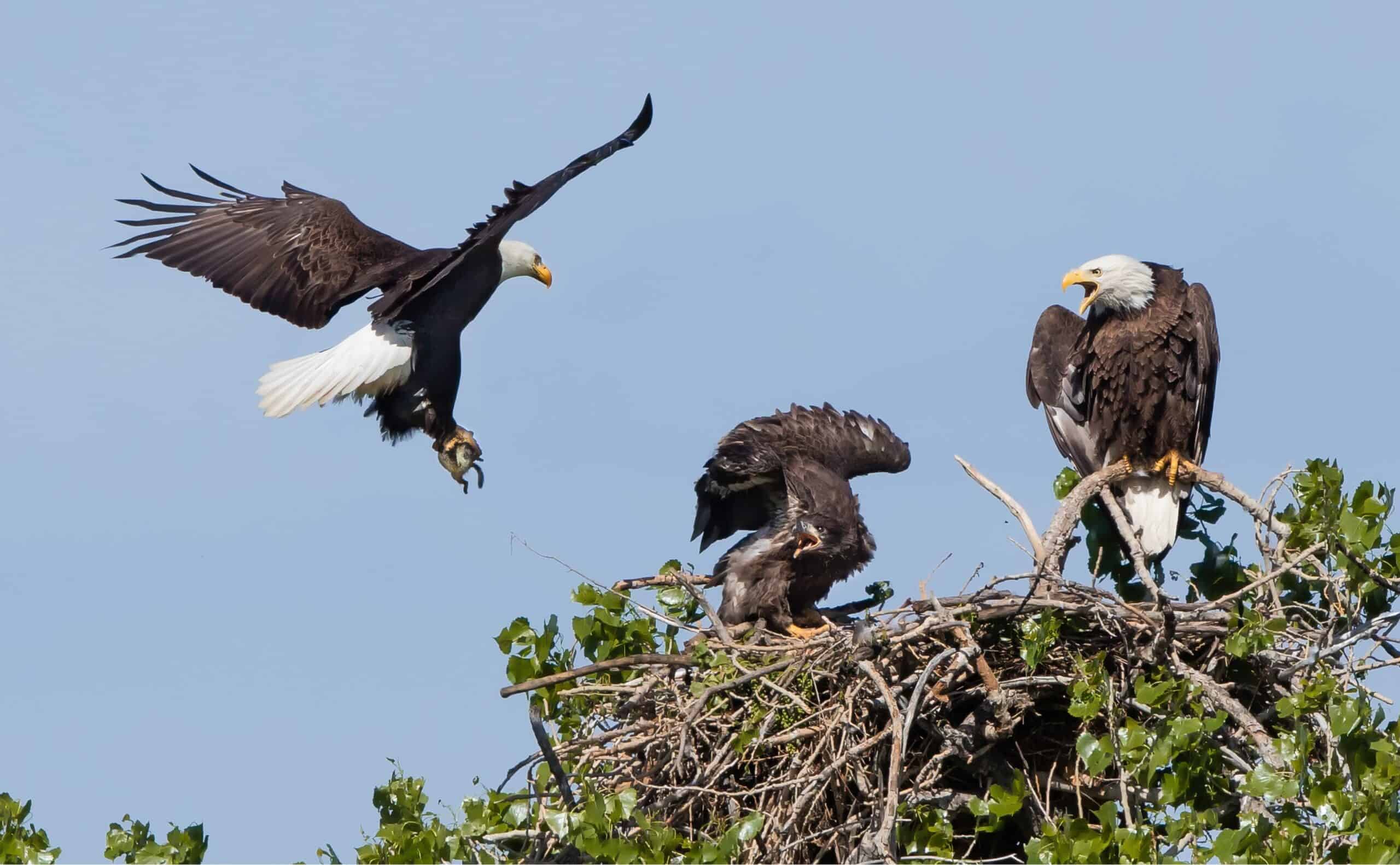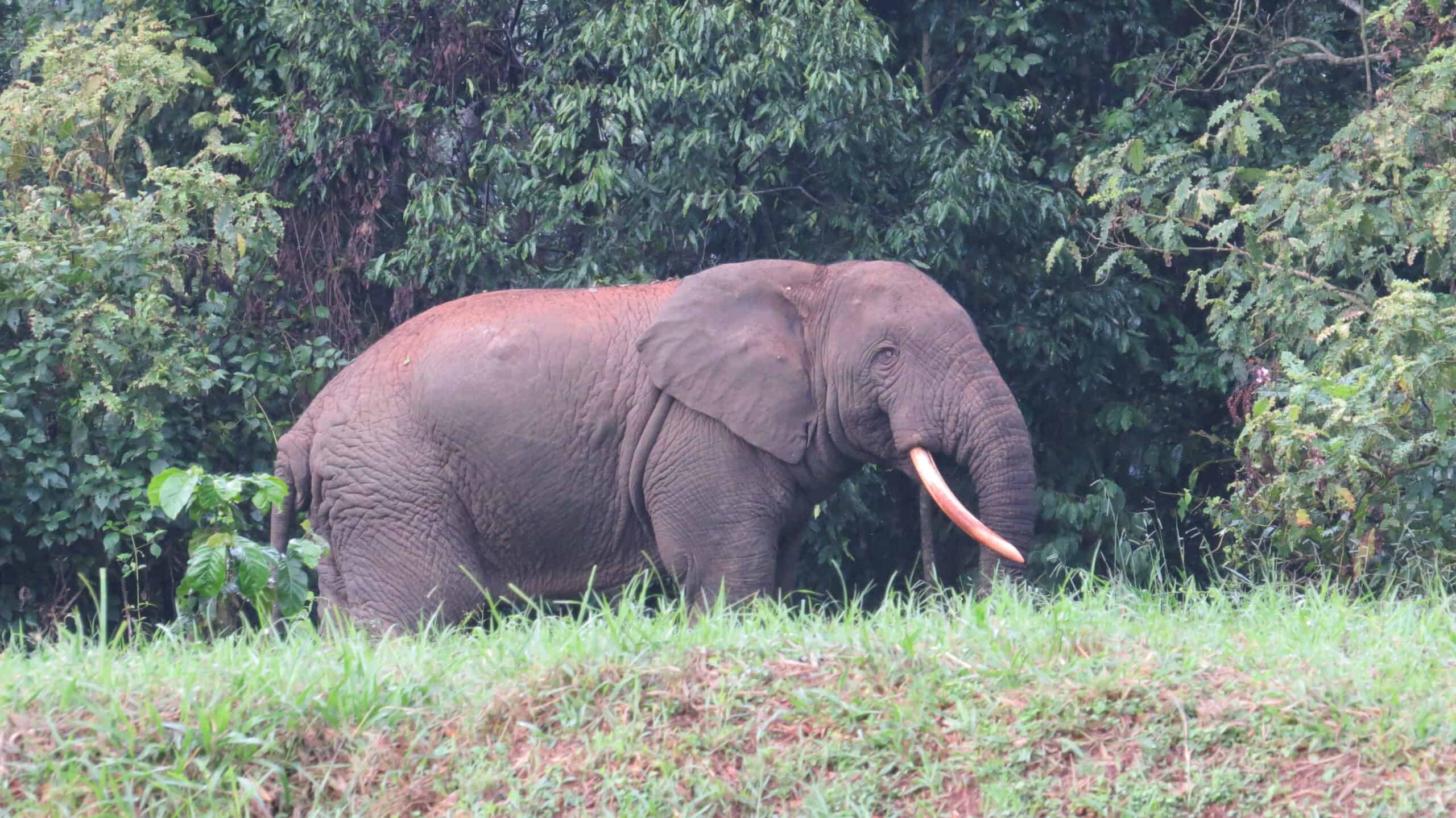Share this article
Wildlife Featured in this article
- grizzly bear
WM: Roads and food sources important for grizzly success in B.C.
Managers can close roads in the backcountry to benefit grizzlies but leave others open for recreation
Grizzly bears may be at the top when it comes to the food web, but in other ways, they’re squeezed in the middle. Their population success is driven, on the one hand, by bottom-up factors, like access to food. But they also face top-down factors, like roads, which cut across the landscape and deliver people who can be a lethal risk.
Understanding both, researchers found, is important in mitigating the human footprint that increasingly affects the bears.
Researchers looked at grizzly bears (Ursus arctos horribilis) in the mountains of southeastern British Columbia, where, despite their carnivorous reputation, they primarily feed on huckleberries that grow in patches throughout open forests. Like the bears themselves, those patches can be affected by roads that crisscross the mountains.
But closing roads—and cutting off access to backcountry adventures—can be controversial. Researchers wanted to get a better sense of how both food resources and roads affect the grizzlies, so managers could get a better sense of which road closures would benefit the bears and which wouldn’t have much effect on people.
“I’m a backcountry recreation road user, and I love all those roads that take me back for whatever it might be—fishing, camping, hiking, skiing,” said Michael Proctor, an independent researcher who led a study on the factors influencing grizzlies published in a Wildlife Monograph. “The mountain culture in the Mountain West—the U.S. and Canada—we love our backcountry roads. It’s very unpopular to try to close them.”
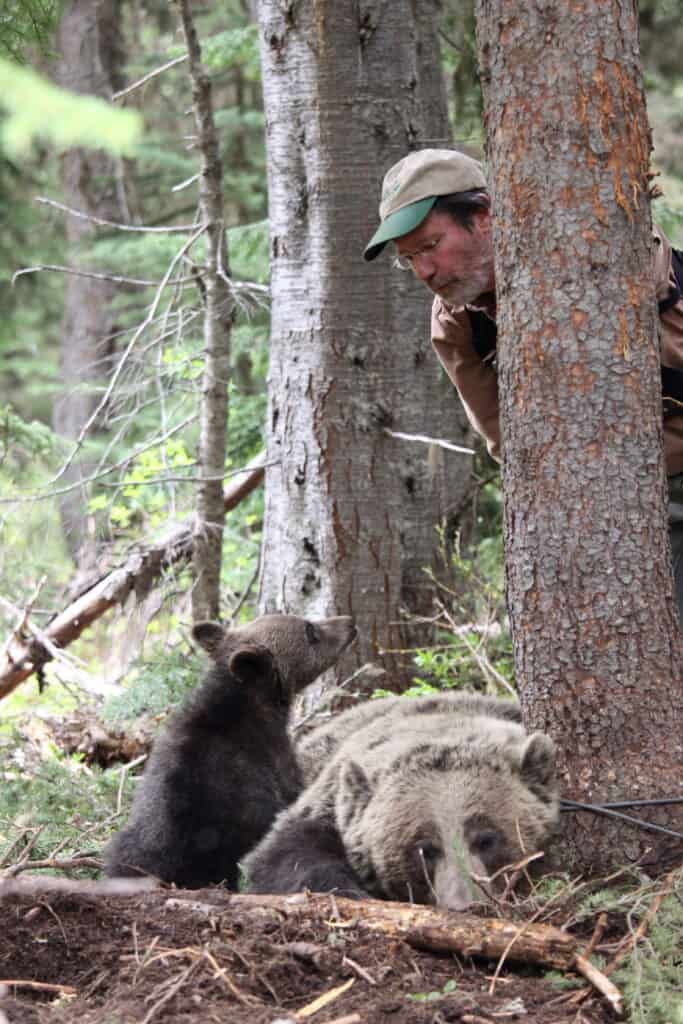
Focusing only on female bears—the “reproductive engine of the population,” as Proctor calls them—researchers first let the bears take them to their most used huckleberry patches. Using radio telemetry, they followed the bears to 300 of their most important patches and noted where they were over four years.
Then, the team looked at habitat selection, using roads as an index to determine mortality risk. They found that when it came to habitat selection, food outweighed the risk of roads for females.
The team then wanted to understand how roads and food impacted the bears’ reproductive success, which would indicate their fitness. To find out, Proctor and his colleagues tapped into bear DNA. Using samples they had been collecting for the last 20 years, they were able to determine family pedigrees, which allowed them to extrapolate reproductive success. They found that for fitness, food availability was the most important, but mortality had an influence, too. When it came to bear densities, food availability edged out mortality risk, but they were almost equally important.
“One of the big conclusions of the paper was, if you really want to understand bear conservation and bear population health, you probably would benefit from studying both bottom-up food resources and mortality risks,” Proctor said.
The team also pointed out that huckleberries that occur close to roads are not really contributing to bear density. “That’s probably one of the most significant things,” Proctor said. In fact, 38% of huckleberry patches important to bears are too close to roads to be useful, they found.
That information, including maps they created, can be useful for managers when deciding what roads to close to help bear conservation. Managers can compare locations of the best huckleberry patches, overlay the road data to see which areas are most compromised and talk to stakeholders about which roads they can eliminate around these key spots.
“This is where the rubber meets the road for managers,” Proctor said. “Managers can take all of this and see where it’s best to manage bears.”
Header Image: A family of grizzly bears eats huckleberries. Credit: Grant MacHutchon



